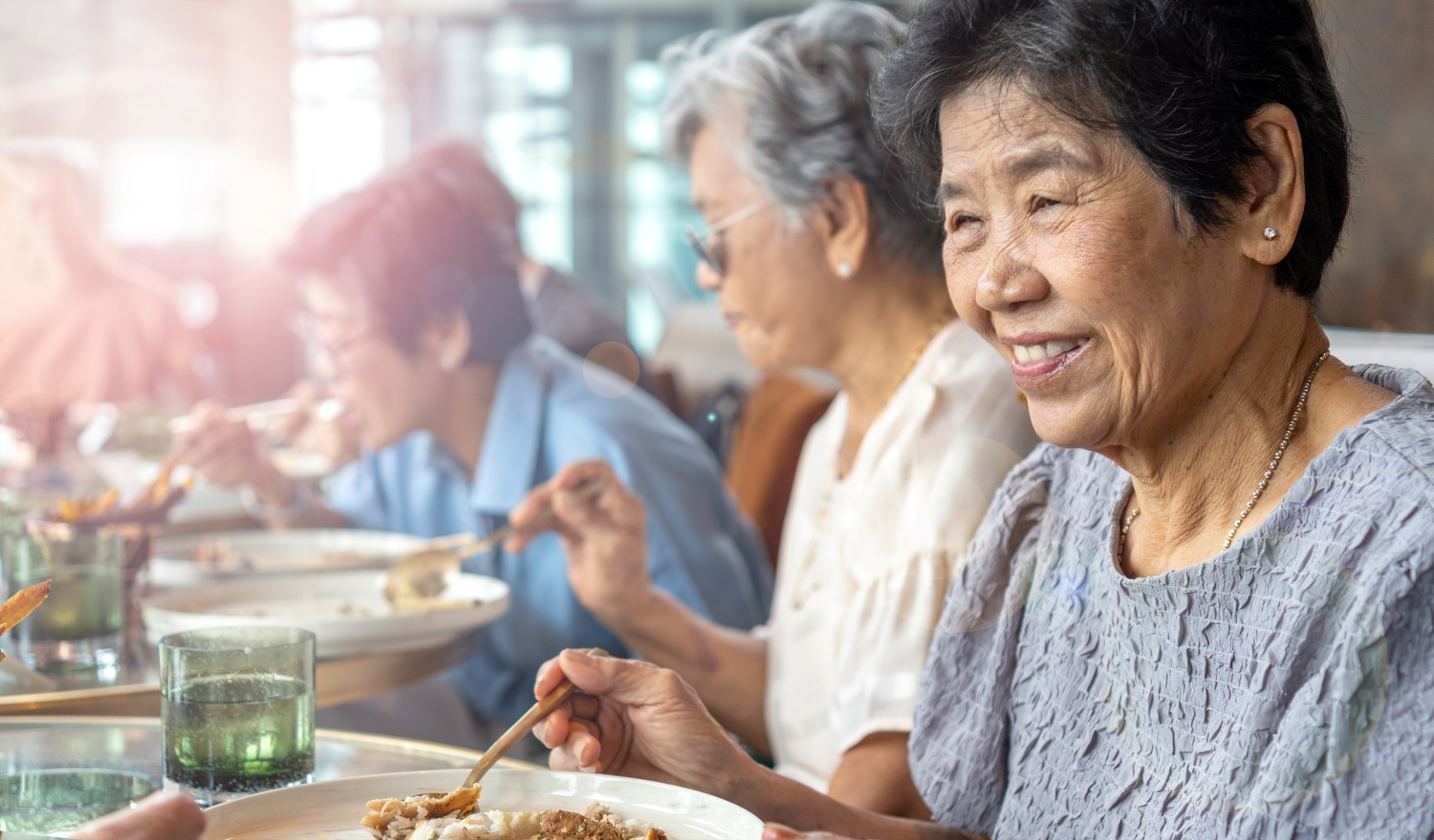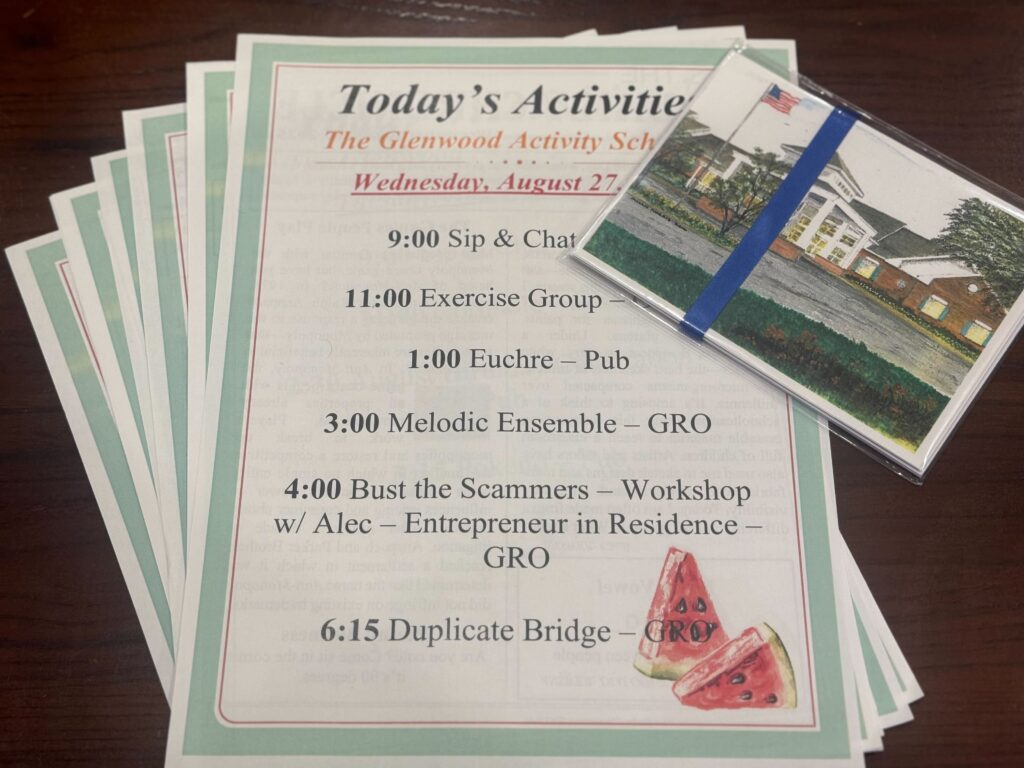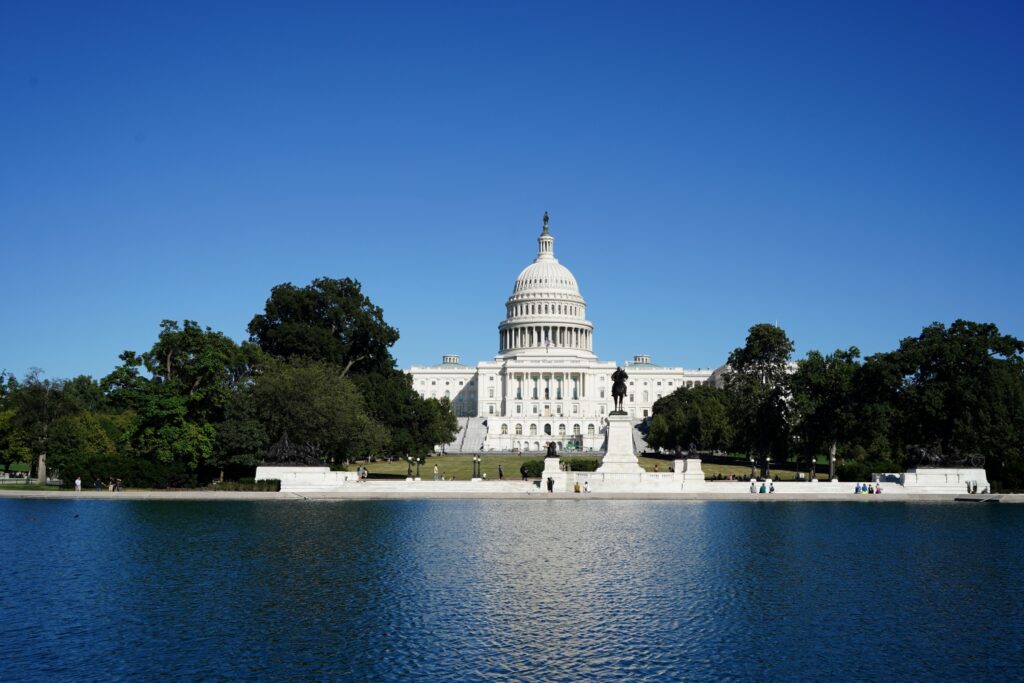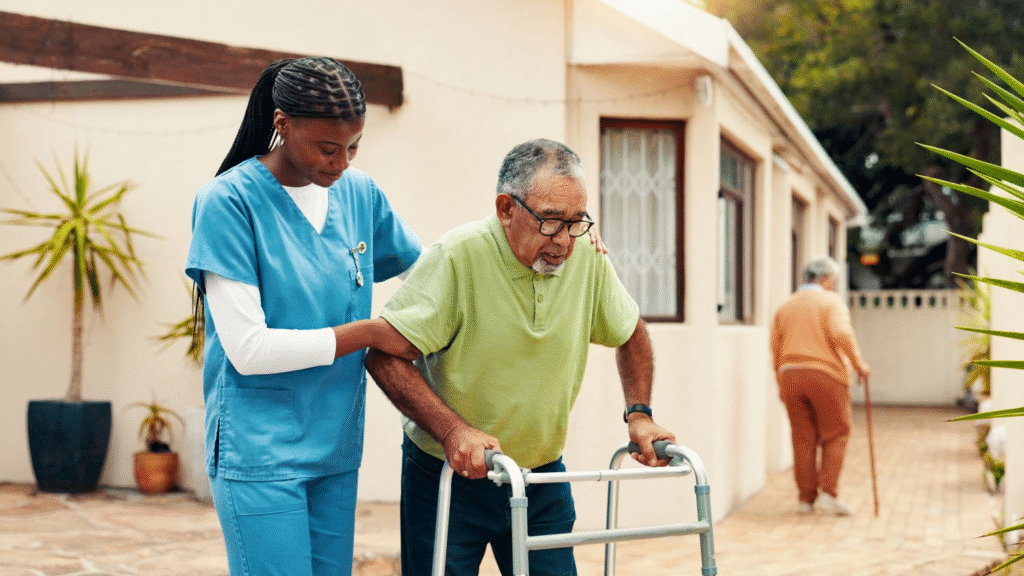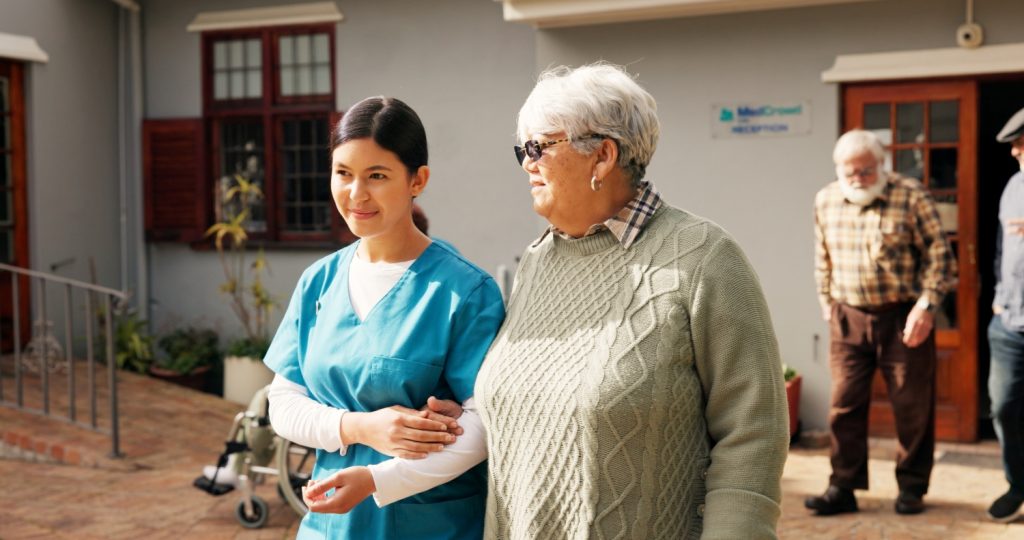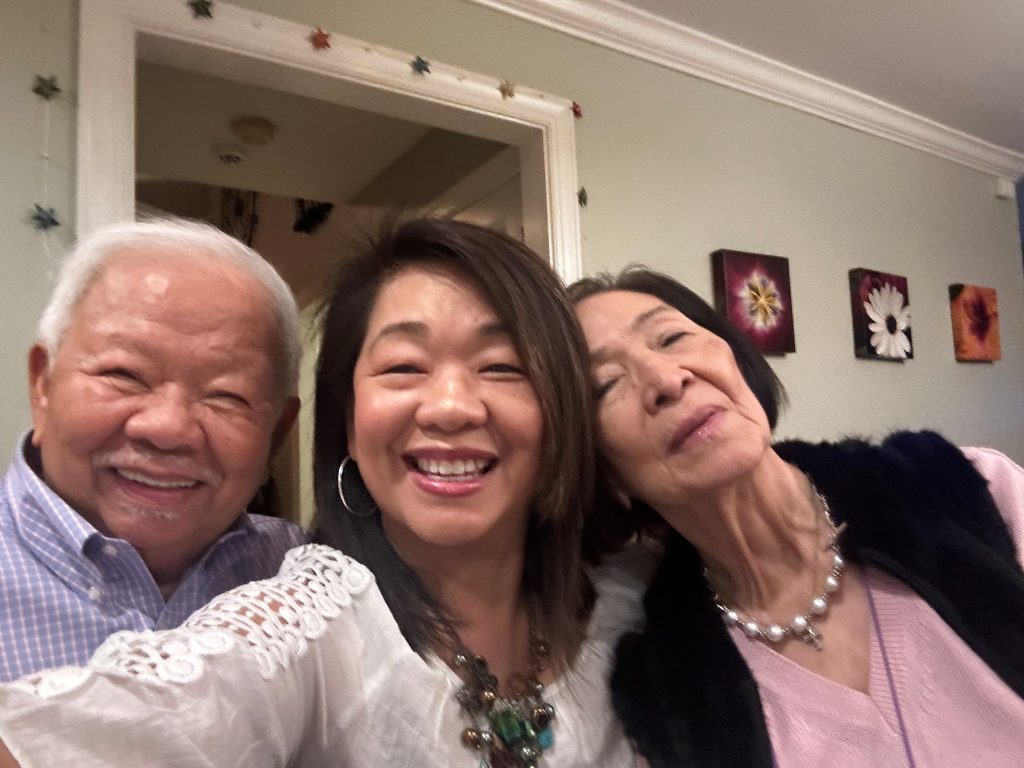Ken Stern’s new book, Healthy to 100: How Strong Social Ties Lead to Long Lives, details how he spent many months traveling the world, immersing himself in various communities known for their skill at connecting socially, to let us know how we could do the same. It’s going to take work, but as you’ll see in this excerpt, it is doable, and highly recommended. I encourage everyone to read the whole book—what follows is a taste.
There is, in fact, a small, probably better described as tiny, social health movement growing in the United States, and elsewhere, a dawning realization that social connection is as critical to health as the food you eat, the exercise you may or may not get, and the health care you receive. There has been attention drawn to the personal and community impact of social connection and loneliness, both from the public health perspective—witness the surgeon general’s declaration of a loneliness crisis—and also from the civil society perspective, out of a concern that loneliness and isolation are fueling our political polarization. This has engendered the appointment of ministers of loneliness in Japan and the UK and encouraged a number of other governments to develop at least embryonic policies around social health.
I won’t say the social health movement in the United States is moving fast—it’s still more of a curiosity than a movement—but there are interesting, protozoic developments. The founders of SoulCycle have started a gym called Peoplehood where you can work out your relationship skills by participating in hour-long “gathers” to share openly and listen deeply, sometimes with strangers and sometimes with partners. There is also a growing class of connection coaches; one such operation works under names that include the Platonic Action Lab, the Connection Jet Pack, the Connection Club, the Unbusy Camp, and the Tab Closing Party (which means, I think, the tabs on your computer, not the tab at the local bar, which any social coach would probably recommend keeping open anyway). There is also a nascent social prescribing movement, most developed in the U.K., where it is integrated into the National Health Service, that encourages doctors and other health professionals to address loneliness and isolation by connecting patients with community organizations and social engagement activities. There are plenty of other examples of efforts to support people seeking social connection, or to help those who don’t know they need that support. They are all laudable, but in truth, against a vast canvas of loneliness and isolation in places like the United States, they don’t yet count for much.
‘Spend time with five people each week, nurture at least three close relationships, and aim for one hour of quality connection time each day.’
What is beginning to fill the space is a new DIY movement that encourages people to take stock of their own social situation and act to improve it if they need to. If you read The Good Life for example, by Mark Schulz and Robert Waldinger—the current deputy director and director of the Harvard Study on Adult Development, respectively—you will get both a primer on their research on the importance of relationships to happiness and health and lots of advice on how to strengthen your relationships with the “person next to you,” other family members, and friends.
An even sharper example of the genre is The Art and Science of Connection by Kasley Killam, the founder of the Social Health Labs. Killam has taken on the difficult task of helping people evaluate their social health. Physical health has endless metrics, and new tools are popping out every day to help you access relevant data. Social health, on the other hand, is far more slippery, lacking standard evaluative and measurement criteria, or at least standard evaluative criteria widely understood by the general public. I qualify it only a bit because there are some research-based questions—how many people you can call in the event of an emergency or whether you have a best friend at work—that can give you insights into the comparative state of your social health, but they are not going to afford anyone a comprehensive picture.
It’s a difficult problem. Killam has her own approach to social health called the 5-3-1 rule: Spend time with five people each week, nurture at least three close relationships, and aim for one hour of quality connection time each day. It’s a little hokey, but so is 10,000 steps, and at least it starts to get at the challenge of measuring and benchmarking—and creating a framework for action for people who are interested in improving their social health.
Killam offers herself up as a case study in how someone who is not naturally extroverted can build social connections. In her book, she tells the story of her 108-day challenge, which she undertook when she was a student at Queen’s University in Canada, and her commitment to embracing a new act of connection every day. She picked 108 because the number holds a special place in Buddhism, literature, mathematics, and astronomy—and also in Chicago Cubs lore. And 108 days is long enough that you might be able to observe changes in your well-being and health.
Sometimes her daily deeds were as modest as striking up a conversation with a neighbor or complimenting a clerk at the grocery store. That may not sound like much, but there is extensive evidence that even fleeting engagements such as talking with a fellow passenger on a commuter train can improve happiness and well-being.
Other days, the connections required more planning and commitment: befriending older women from the nearby retirement home or homeless men from the local shelter, or a deeper and longer conversation with an old friend. And sometimes the daily activities were splashier; on the 100th day, Killam and a friend stood at the entrance of the college library with a sign that announced “Feeling stressed about exams? Have a free hug!” That has all sorts of possibilities for being misinterpreted—my thoughts ping-pong between social media censure and plastic handcuffs—but context matters, and Killam reports being rewarded with hundreds of hugs, as the “energy from so many positive interactions vibrated in every cell of [her] body.”
‘The only real difference between obesity and loneliness is that there is not even the possibility of a magic pill like Ozempic to bring relief.’
You can create your own 108-day social health marathon, but that’s not terribly likely. Most of us are not marathoners when it comes to social health and are unlikely to follow the path that Killam has blazed. Improving social health takes individual attention and commitment, just as any aspect of health does, but we should recognize the challenge when so many of the systems that drive social connection—church, unions, social clubs, in-person work, neighborhoods—are in decline, replaced by solitary activities driven by technology. Just as the advent of fast-food restaurants and ultra-processed foods has created the conditions of our obesity crisis, the rise of personal technologies and the decline in convening organizations have conspired to make it ever more difficult to maintain social health. The only real difference between obesity and loneliness is that there is not even the possibility of a magic pill like Ozempic to bring relief.
Killam boldly predicts that we are at the beginning of a great movement, that social health will become a pillar of personal health in the next five years, drawing as much attention as physical and mental health currently does. I hope that is right. The day may be coming when people track their social health much as they do their steps or share tips on Instagram from the best social coaches. I think it is a possibility, but it is by no means a sure thing. People like Robert Putnam have been sounding the alarm about waning social capital and social connection for a quarter century, and we have still been going the wrong way. In the battle between human connection and technology, the score is Steve Jobs one, Robert Putnam zero—and that’s being kind to Putnam.
Perhaps, though, when people understand the relationship of social connection to their own healthy longevity, then things will change. There is precedent. Exercise was not so long ago largely the province of weirdos, so much so that in 1968, Senator Strom Thurmond, then one of the most prominent public officials in the country, was stopped by police in Greenville, SC, for the suspicious activity of jogging. Today, there are times when I can look out my front window and see more runners, bikers, and power walkers than cars. Massive industries have grown up around exercise, and social norms have evolved in favor of fitness, so perhaps that can happen with social health as well.
But even fitness is a cautionary tale. We may be more fitness-conscious than in years past, but we are not more fit. Scientists have estimated that Americans’ resting metabolic rate—the amount of calories that are burned when the body is at rest—has fallen roughly 6% since 1820, which translates to the equivalent of almost 30 minutes of exercise per day. The decline in the resting metabolic rate is a direct reflection of decreased physical activity over time. You might be startled by this since the Americans of that era had not yet experienced the joys of Tae Bo or the wisdom of Kayla Itsines, but neither had they discovered cars, DoorDash, Zoom, and so many other technologies that have reduced walking, movement, and physical labor.
Convincing people that they should tend to their social health is a critical step in supporting healthy longevity. It is, after all, one of the principal goals of this book. But it’s not enough. There will be the outliers, the Kasley Killams who will hand out 50 helium balloons to passersby in downtown Toronto, just as there are people who stick to the most rigorous diets. But that’s not most people. The rest of us need a cultural context that supports social connection along with opportunities for connection that are easy to access and naturally occurring. Just as we need an adequate supply of healthy foods or a network of gyms, we need a new social infrastructure.
Without it, some people will still flourish, but the majority of people will be at risk of being left behind, the next victims of the loneliness epidemic. Having an effective social framework means having easily accessible opportunities for connection, enabling us to find purpose and stay engaged as we age. The societies that I have profiled in this book have succeeded in part because they have invested in creating a social infrastructure for older (and younger) adults, so that there are multiple ways to stay connected, active, and purposeful. Learning opportunities in Korea, work in Japan, or volunteer service in Italy are all examples of governments and communities coming together to create social infrastructure that supports healthy aging.
Excerpted from Healthy to 100: How Strong Social Ties Lead to Longer Lives, by Ken Stern, ©2025 by Ken Stern. Used with permission of PublicAffairs, a division of Hachette Book Group, Inc.
Ken Stern is the president of Palisades Media and founder and chair of the Longevity Project, launched in collaboration with the Stanford Center on Longevity.
Photo credit: Shutterstock/BlurryMe
Want to receive the latest Generations articles and other updates from ASA right to your inbox? Subscribe to our newsletter.

